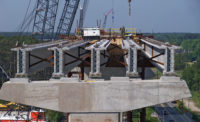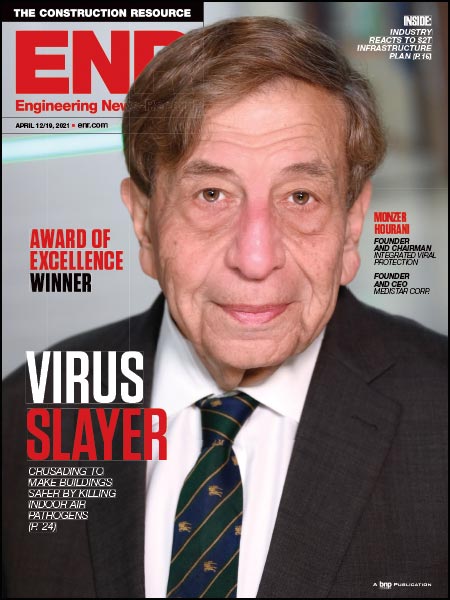Zoli suggested that, given the hyperloop’s 88-in.-dia passenger pipe, any necessary tunneling could be done with horizontal directional drilling (HDD), “an inexpensive pipe installation technique.” Zoli adds that the largest HDD done now is 56 in. in dia, but he thinks custom HDD equipment readily could be developed, given the size of the hyperloop project.
Next Steps
At the end of ">The Hyperloop Alpha Proposal, Musk acknowledges areas that need improvement and asks for help. The areas he highlights are:
1. More expansion on the control mechanism for hyperloop capsules, including attitude thruster or control moment gyros.
2. Detailed station designs with loading and unloading of both passenger and passenger-plus-vehicle versions of the hyperloop capsules.
3. Comparisons of the costs and benefits of the hyperloop with more conventional maglev systems.
4. Sub-scale testing based on a further optimized design to demonstrate the physics of the hyperloop.
Aside from rethinking the necessity for pier supports, Zoli suggestion could be listed as a fifth:
5. A closer look at expansion joints.
“The expansion joints have not been figured in, in any meaningful way, and would be required much more often than at the terminal stations [as the current proposal outlines]. I would expect something on the order of every mile or thereabouts, even with a telescoping connection. Bearings would also have to accommodate relatively large relative movements for this distance between expansion joints,” says Zoli.
If ENR readers have any comments on ">Musks’s proposal, they are encouraged to write to Musk at ">hyperloop@spacex.com or ">hyperloop@teslamotors.com. and ENR at sigmund.abaffy@mhfi.com









Post a comment to this article
Report Abusive Comment